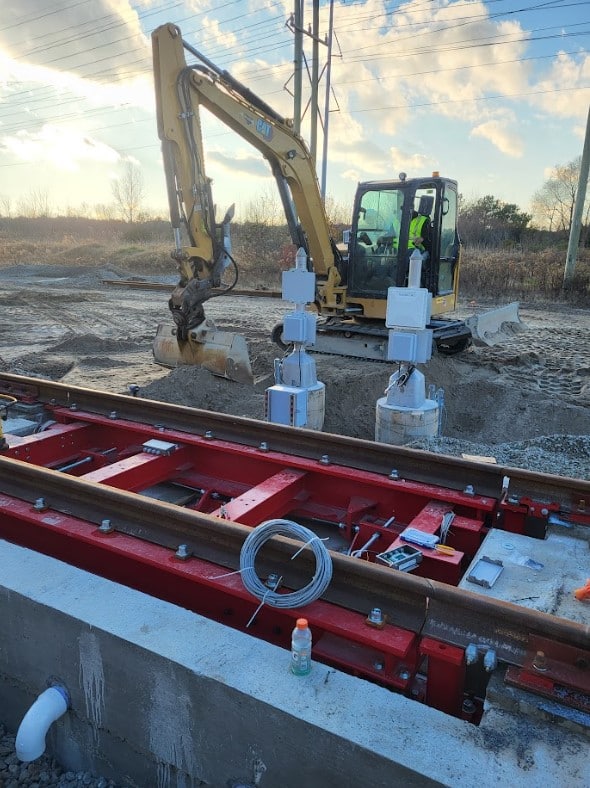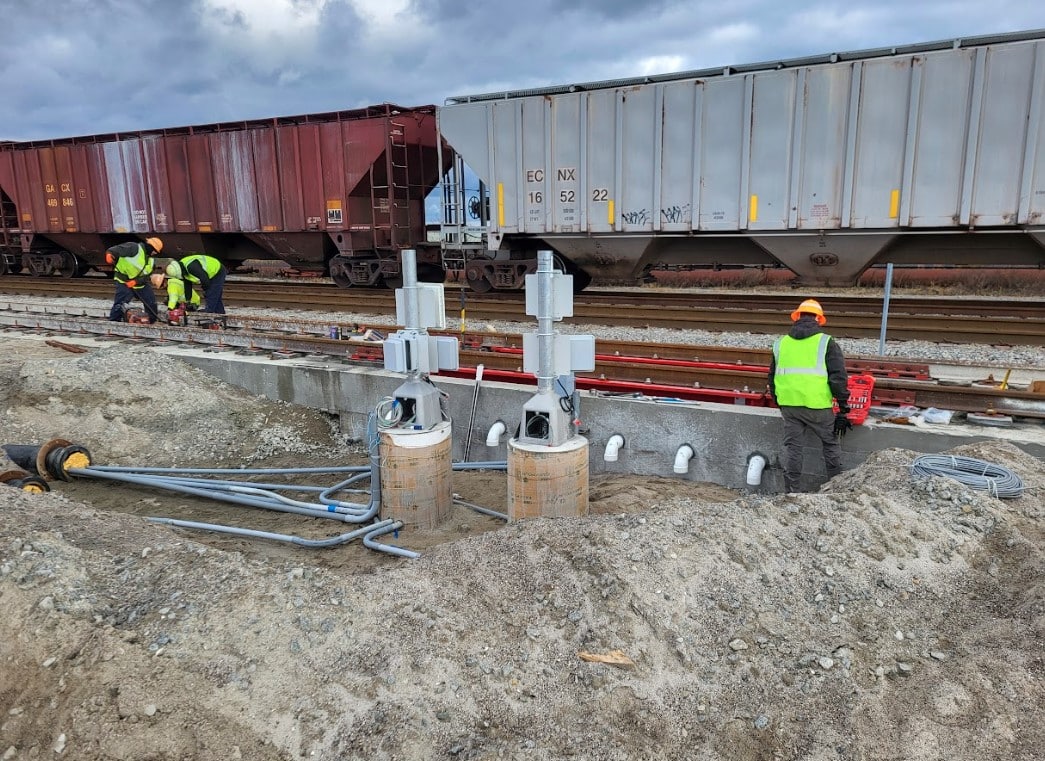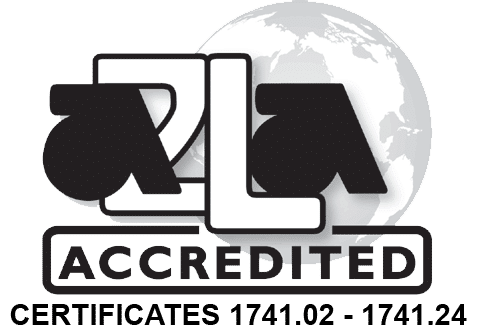Application Note: Rail Scale For Weigh-In-Motion Application
A multinational chemical producer’s North Carolina plant contacted Cross Company for rail scales to verify the weight of fertilizer shipments. But there was a catch: it needed to be both legal-for-trade and able to weigh in motion. Essentially, they needed to be able to weigh without having to stop the train itself, expediting delivery times and preventing bottlenecks in the logistics process.
Further, they needed the scale to be legal-for-trade, meaning the weight recorded by the rail scale can be used as a verified weight for buying or selling. This can also expedite logistical processes significantly for our manufacturer (as well as many other facilities who operate similarly).
There are many other benefits to the type of rail scale. For example, in addition to weigh-in-motion capabilities, it is also significantly more accurate than the NTEP standard (a certificate issued by the National Conference on Weights and Measures following successful completion of an evaluation of a device).
While it may initially seem that it’s not that big a deal for the accuracy to be higher than the NTEP standard, for certain large manufacturers, this can be a gamechanger. For instance, it may not seem that significant for a train transporting scrap metal, where greater standards of deviation can be present without significantly impacting profit.
However, in a car filled with something like chemicals, those deviations can mean significant variance in profit. When a car of chemicals is worth $500,000, an extra hundred pounds here and there add up extremely quickly.


This accuracy is critical for companies like our fertilizer producer. These types of higher-accuracy rail scales are also becoming increasingly necessary for many operations due to rising regulations and penalties for misrepresenting or exceeding car weights. In some cases, penalties as high as thousands of dollars per car can be levied. So even if you’re hauling scrap and that extra weight won’t impact your bottom line heavily, those fines for being overweight certainly can. That’s why so many operations are moving towards these more accurate, in-motion rail scales. They ensure you’re not overweight and provide the documentation to prove it.
At Cross Company, we sell a variety of rail scale brands, including industry-leaders such as Mettler Toledo, Fairbanks, Rice Lake, and Avery Weigh-Tronix. We also can offer both static and in-motion models. In some cases, we also have the ability to provide customizations based on the application. If these sound like something that would benefit your operation, we’d love to hear from you. Our experts can work one-on-one with your teams to determine the best rail scale based on your operational needs.

